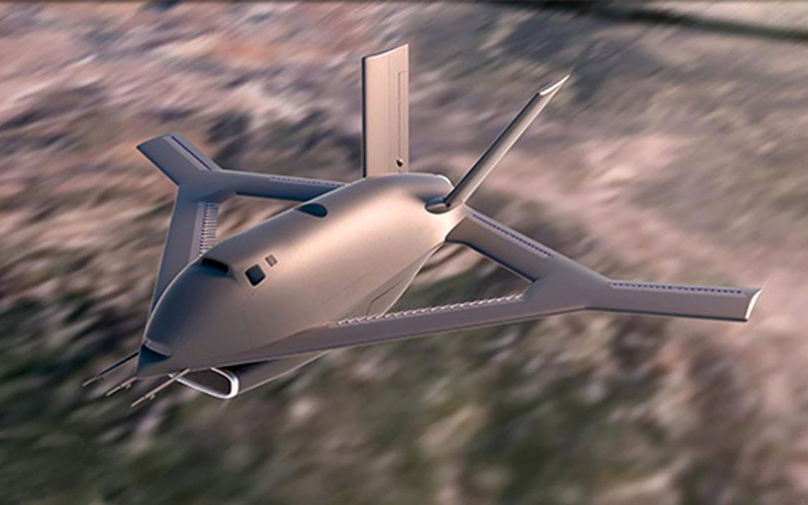Explore DARPA's groundbreaking X-65 CRANE aircraft, a revolutionary project developed in collaboration with Aurora Flight Sciences. Set to take off in 2025, this experimental aircraft introduces a novel flight control system, eliminating traditional moving parts for pressurized air jets.
Introduction: In a bold leap into the future of aviation, the Defense Advanced Research Projects Agency (DARPA) and Aurora Flight Sciences have joined forces to unveil the X-65 CRANE, an experimental aircraft poised to redefine the very essence of flight control. Scheduled for takeoff in 2025, the X-65 embodies a paradigm shift, discarding conventional moving parts in favor of a pioneering pressurized air jet system. This audacious endeavor, under the umbrella of the Control of Revolutionary Aircraft with Novel Effectors (CRANE) program, promises to revolutionize the way aircraft maneuver through the skies.
Reinventing Flight Control: A Glimpse into CRANE Program
The X-65 marks a pivotal moment in aviation history, challenging the status quo of aircraft design. Traditionally, airplanes have relied on movable surfaces like rudders and wings for control. However, the CRANE program spearheaded by DARPA envisions a future where these conventional components are eliminated. The X-65, an experimental testament to this vision, will be controlled entirely by pressurized air jets, fundamentally altering the dynamics of flight control.

Hybrid Innovation: AFC Actuators and Conventional Surfaces
To mitigate risks during the initial stages, the first prototype of the X-65 will feature a hybrid design, incorporating both traditional motion control surfaces and Active Flow Control (AFC) actuators – specialized pressurized air nozzles. This amalgamation aims to serve as a transition, allowing researchers to assess the performance of AFC effectors in comparison to conventional mechanisms. Richard Wlezien, CRANE program manager, highlights the pivotal role of sensors in this phase, capturing data that will shape the future of military and commercial aviation.
X-65: Dimensions and Speed Defying Boundaries
With a wingspan of 9 meters and a weight of 3200 kilograms, the X-65 aligns itself with the proportions of the T-38 aircraft utilized by NASA and the US military for training. Capable of reaching speeds up to Mach 0.7, the X-65 promises a dynamic and versatile performance, showcasing the potential of innovative flight control systems.
Modularity for Future Advancements
A distinctive feature of the X-65 lies in its modular design, providing the flexibility for future advancements. Both wings and active flow systems can be replaced, facilitating ongoing testing and improvements even after the conclusion of the CRANE program. This adaptability ensures that the X-65 remains at the forefront of technological evolution beyond its initial introduction.

Anticipating the Future: Completion and Maiden Flight
DARPA envisions the completion and introduction of the X-65 in early 2025, with its inaugural flight slated for the summer of the same year. As the aviation community eagerly awaits this historic moment, the X-65 stands as a testament to human ingenuity, pushing the boundaries of flight technology into uncharted territory.
In conclusion, the X-65 CRANE aircraft emerges as a symbol of innovation and ambition, propelling the aviation industry into a new era. With its revolutionary approach to flight control, this experimental aircraft promises to leave an indelible mark on the future of aerial mobility.

Comments